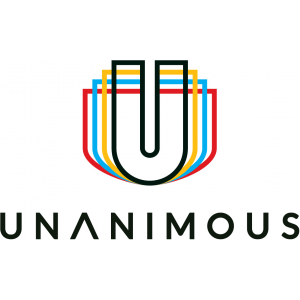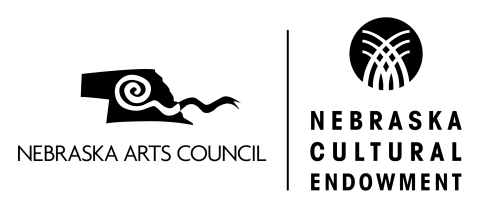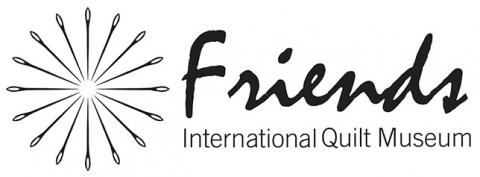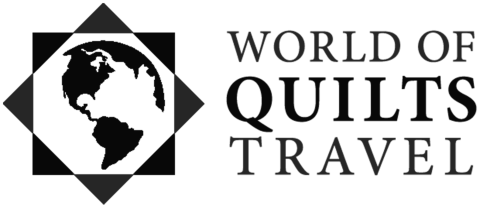
Studio Champloo
Studio Champloo
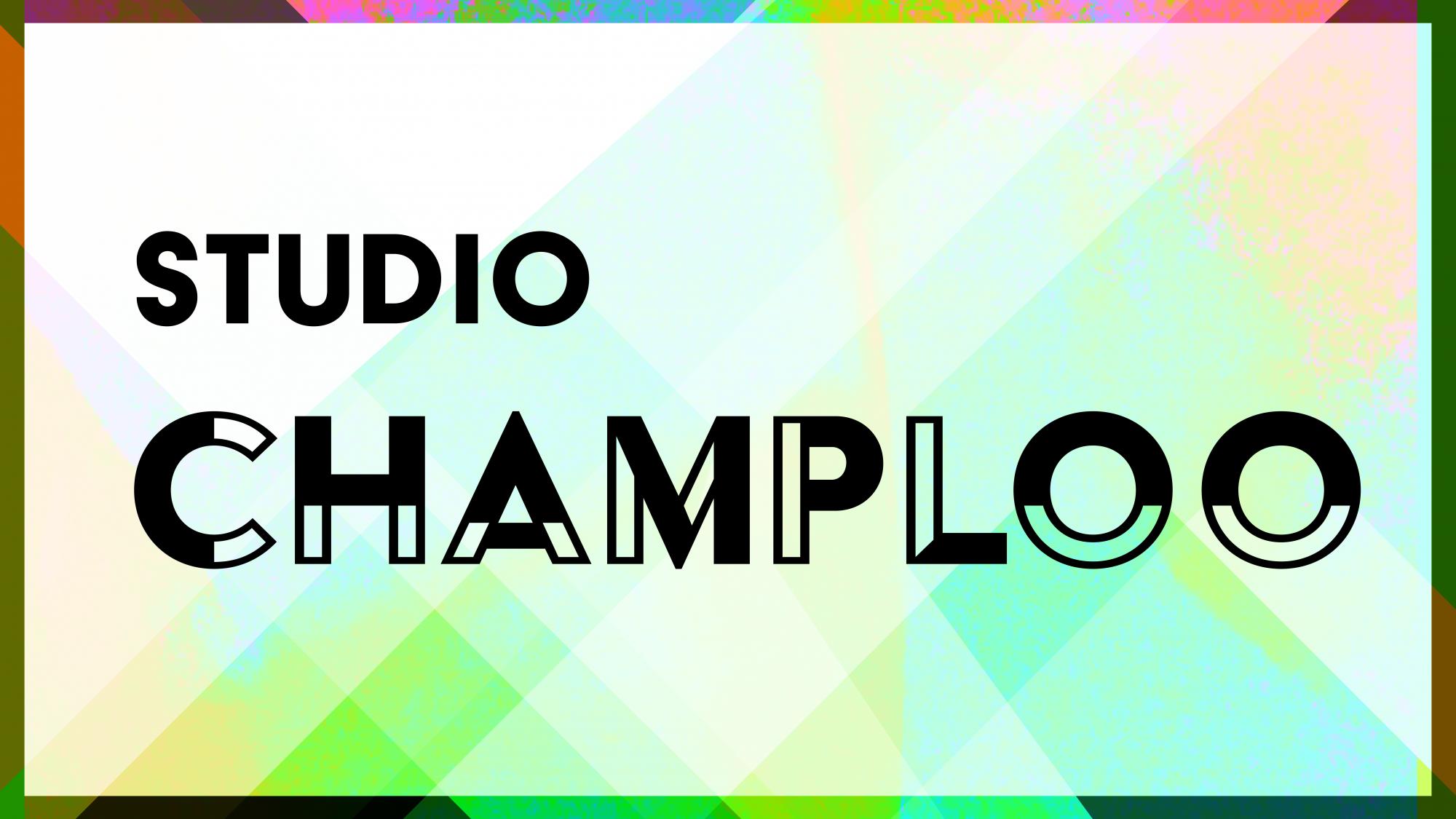
In one Japanese dialect, champloo is a culinary term meaning “mixed up” or “blended together,” but colloquially, it refers to improvising or making things up as you go along. This is what the two heroes of the popular Japanese animated television series Samurai Champloo must do to reconcile their substantial differences as they battle corruption and defend the innocent. When artist and professor Byron Anway discovered that Samurai Champloo was a shared interest and cultural touchstone between himself and his students, he was inspired to consider art-making in a new way. To Anway, champloo was an apt metaphor for an idea he had been incubating: How can artists mix up their own work by exploring other mediums?
For Studio Champloo, Anway asked regional artists to engage specifically with quiltmaking themes and values to challenge and expand their own studio practices. As Anway describes in each exhibit label, some do this in formal ways by referencing and incorporating quilt-related techniques and materials. Others address the conceptual issues surrounding quilts, including domesticity, tradition, and gender. The nine artists—ambitious, vibrant, contemporary, and socially engaged—all have Nebraska connections. Studio Champloo presents their blended, boundary-pushing work and hints at possibilities for further mixing of mediums in the future.
Support for this exhibition has been provided by Friends of the International Quilt Museum. This exhibition was made possible through funding from the Nebraska Arts Council and the Nebraska Cultural Endowment. The Nebraska Arts Council, a state agency, has supported this exhibition through its matching grants program funded by the Nebraska Legislature and the National Endowment for the Arts, and the Nebraska Cultural Endowment. Visit www.artscouncil.nebraska.gov for more information. Additional support has been provided by Agent.
Event Date
Friday, December 6, 2019 to Sunday, March 15, 2020

